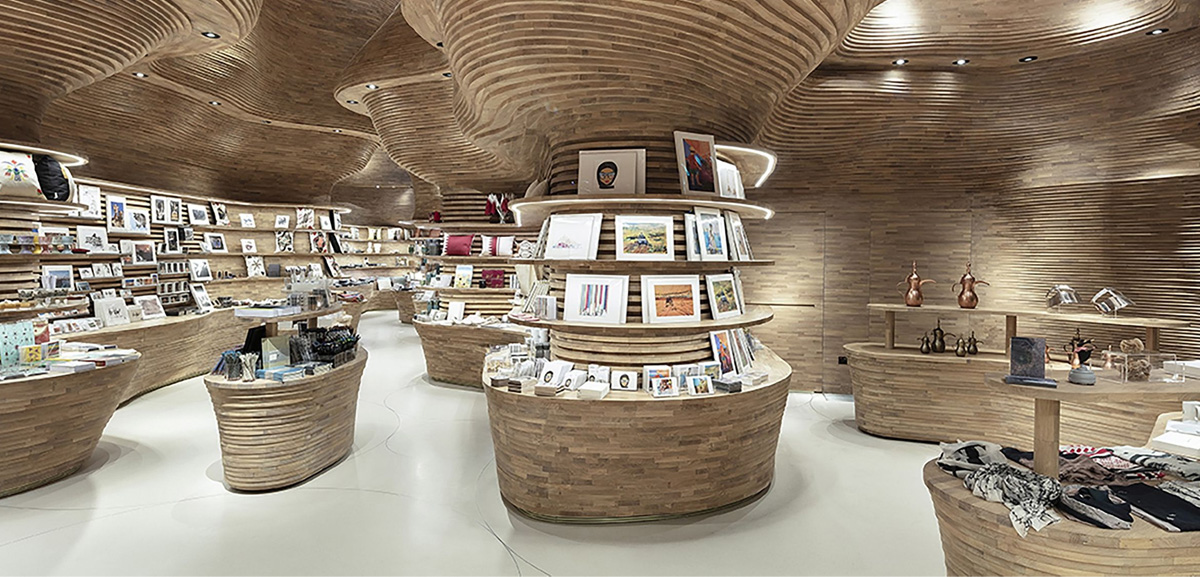Along with simply freeing up space, decluttering can help you feel less stressed, sleep better, and maybe even help you feel more focused and creative.
Since we know how important having organization in your life and home can be, we turned to Marie Kondo, a Japanese organizing consultant, best-selling author of four books, and creator of the KonMari Method.
The KonMari method is more than just spring cleaning—it’s a way of life that promotes physical, psychological, and emotional well-being by maintaining a mess-free and chaos-free home.
The KonMari Method encourages individuals to be thoughtful about choosing the belongings they wish to keep in their homes. The basis of Kondo’s philosophy is about asking, “Does this spark joy?” when deciding whether or not to keep or discard a piece of furniture, clothing, or any other possession.
“Minimalism and the KonMari Method shares a belief that individuals can improve the quality of their lives by taking inventory of their belongings. That being said, I’m not necessarily advocating having fewer things. My method is focused on having things that ‘spark joy’ for the individual. If someone goes through the method and realizes that many of their things spark joy, I would encourage them to keep them. Similarly, if someone comes out of the tidying process with a much smaller volume of things that spark joy, I would encourage them to only keep those things,” says Kondo.
How to Create a Welcoming Wardrobe

Courtesy of Stipfold. Neatly folded clothes are placed in storage baskets and shelves on this doorless wardrobe system in a small bedroom.If getting dressed for work or a party makes you anxious, it might be because your wardrobe is in disarray, or you have too many items and can never decide what to wear. Kondo suggests designating a “home” for all of your belongings. For example, have one drawer just for socks, and ensure that after you do your laundry, socks always return to that specific drawer.
“Mess accumulates when clothes are not returned to the closet after they’re tried on, or when worn clothes—not yet in need of washing—are left on the floor,” says Kondo. By following this tip, you can easily rid yourself of visual clutter. If you’re new to tidying, Kondo recommends learning how to fold clothes. “Properly-folded clothes take up minimum space in your wardrobe and drawer, thus maximizing storage space,” she says.
How to Create a Productive Home Office

Courtesy of Raimond Koch. In the home office of a Manhattan studio apartment, each of the sliding trays in the office desk serves a different function.
Paperwork is something that can easily get out of control in home offices, and a disorganized office can lead to an unorganized mind and an unproductive workday. Kondo suggests keeping all of your papers in one area of your home office so that you’re able to locate documents with ease when you need them. She recommends organizing papers into three general categories: papers that need immediate attention, ones that are relevant for short-term projects, and ones that should be saved forever.
“Make an effort to keep the papers in your ‘needs action’ and ‘short-term projects’ trays to a minimum. When you notice that you’re accumulating quite a few documents in these two categories, this may indicate that you’re not addressing work that needs to be done,” says Kondo.
How to Create an Efficient Kitchen

Courtesy of Daniel Hennessy. Custom floating shelves and a bookshelf under a movable island counter creates a fuss-free, streamlined look in this kitchen.
If you’ve ever tried preparing a meal in an untidy kitchen, you’ll understand why it’s important to have this space well-ordered. “Try to organize the things in your kitchen into three categories: eating utensils, cooking utensils, and food. Go through each category one by one, and only keep the things that you need and that spark joy. After you’ve selected what to keep, you should store things by category as well, since this will prevent your kitchen from becoming disorganized again,” says Kondo.
According to her, going through your things all at once can help you better see which utensils and food items you really need. This process will also prevent you from buying things you already own but didn’t know you had when you go grocery shopping.
How to Create a Sparkly Clean Bathroom

Courtesy of Blu Bathworks
Are you guilty of hoarding hotel shampoo bottles, makeup samples, or expired skin ointments in the top shelf or bottom drawer of your vanity? How many old toothbrushes are still lying around the sink? The bathroom is one place where clutter can pile up quickly. Similar to the kitchen, Kondo suggests pulling out all your toiletries, organizing them by category, then going through each category to select items that spark joy for you. Keep the ones that make you smile, and get rid of the ones that don’t.
“Another tip is to wipe down your countertop after each time it gets wet. When you leave your countertops wet, your bathroom looses that sparkly clean feeling. You can keep a small towel around the countertop and sink so that you can easily wipe it down after use,” says Kondo.
“Once individuals complete the KonMari Method, they begin to apply the question, ‘Does this spark joy?’ to other aspects of their lives beyond their homes, including their work, relationships, and self-care routines. Individuals no longer feel obligated to spend their time in a way that doesn’t contribute to their ideal lives,” says Kondo.
Written by Michele Koh Morollo, dwell.com






Leave A Comment
You must be logged in to post a comment.